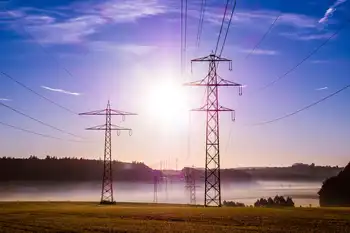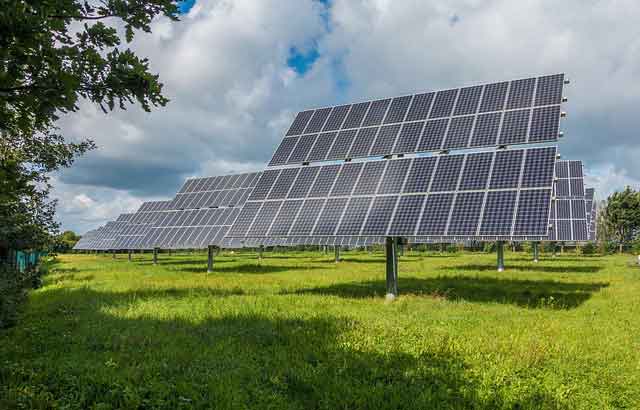“Dirty power” filters could remove health problems
By PRLog
NFPA 70e Training
Our customized live online or in‑person group training can be delivered to your staff at your location.

- Live Online
- 6 hours Instructor-led
- Group Training Available
The filters, which can be used in homes or in the workplace, drastically reduce the electromagnetic (EM) noise produced by the AC electric power supplies of common household appliances (computers, TVs, cordless phones etc.), low-energy compact fluorescent lamps (CFLs) and other devices.
The micro-surges of mid- and high-frequency EM radiation produced by these everyday objects travel on the electrical installation wiring, and are closely linked to electrical sensitivity which can produce a range of symptoms that cause problems for an ever increasing number of people.
The compact filters are simply plugged into a power outlet in the same room as the devices producing the dirty electricity, to absorb the electromagnetic pulse ‘spikes’ produced by the device. Sufferers of electrical sensitivity report relief of symptoms in a matter of hours.
According to Glynn Hughes, Wireless-Protection.org founder and developer of the filters, low-energy CFL bulbs are a major source of dirty electricity. “Many people are now using these bulbs because they are energy efficient, but they then start experiencing a range of unexplained symptoms. Many experts in dermatology and neurology have reported sharp increases in patients reporting symptoms such as rashes, stinging sensations and migraines that coincide with wider use of CFL bulbs. Awareness of this issue is quickly gathering momentum.”
The companyÂ’s filters are the only units available to be supplied with UK 3-pin plugs.
Also, unlike some filters promoted as a solution in the North Americas and Europe that actually create other electromagnetic issues, the filters from Wireless-Protection.org use only the highest quality components so that no further electrical pollution is produced.
Dr Magda Havas, Associate Professor of Environmental and Resource Studies at Trent University, Canada and a specialist in EM pollution believes that CFLs can cause high levels of dirty electricity to be produced. She said: “Unfortunately most of the CFL bulbs on the market will cause high levels of dirty electricity which make many sensitive people sick.”
Dr Havas encourages anyone who has recently purchased energy efficient bulbs and has since developed any symptoms such as headaches, nausea, sleep disorders, respiratory problems, muscle or joint pain, rashes along with anxiety and depression to test for EM radiation in their immediate environment with a monitoring device. EM radiation can also be produced by devices in neighbouring properties.
Wireless-Protection.org has also introduced a monitor for dirty electricity, enabling users to identify the levels and sources of EM radiation. Glynn Hughes developed the companyÂ’s range of filters originally for electrosensitive sufferers but says that non-electrosensitive clients who have installed them feel almost as many benefits.
“So far all the people who have installed this filtration system have reported health benefits, from improved sleep to disappearance of skin problems,” said Glynn Hughes. “They say their symptoms clear up quickly and the feeling of being ‘wired’ has gone.”
All products are supported by a full money-back guarantee if customers do not experience benefits from their use. Each filter uses less than 5W of electrical power, which means each filter costs under £5 per year to run.
The filters are priced from £34.99 (including VAT). For more information, you can go to www.wireless-protection.org.











